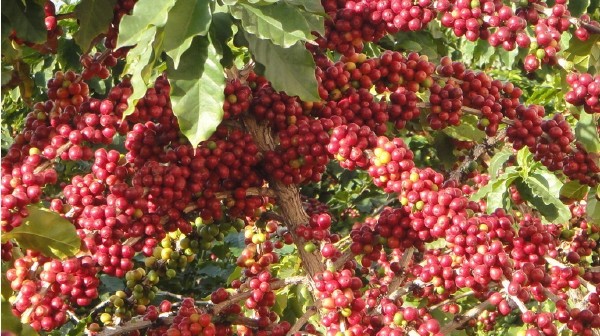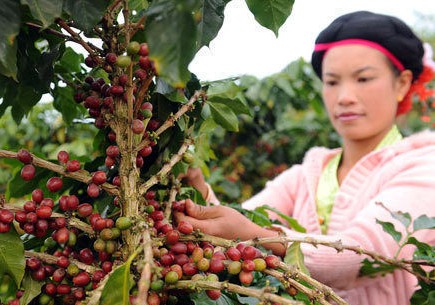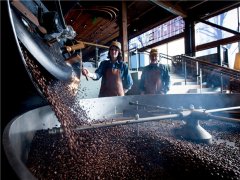Environmental requirements for coffee and cultural coffee cultivation
Coffee is now widely grown in the belt between the Tropic of Cancer. Coffee grown in different regions has different flavors-the soil, climatic conditions and cultivation methods unique to a country make coffee unique. French master winemakers call this phenomenon "regional style." Geographically, there are three coffee growing regions worldwide-East Africa and the Arabian Peninsula, Southeast Asia and the Pacific Rim, and Latin America.

Coffee trees do their duty.
Like other fruits, coffee cherries grow on trees. Soil, climate, altitude, and other plant species around coffee trees can all affect coffee flavor.
Some species of coffee trees can grow to 30 to 40 feet tall. However, to make it easier to pick coffee beans, people often try to make coffee trees less tall. On average, a coffee tree produces only 0.5 kilograms of coffee powder per year. And for most coffee lovers, it only takes a week to finish this coffee!
Arabica coffee and East African coffee
There are two types of coffee that are economically important: arabic coffee beans and east african coffee beans. Arabica coffee grows best at high altitudes, has a much more refined flavor than other coffees, and contains only 1% caffeine by weight. As its name suggests. East African coffee has a mellow taste, strong resistance to pests and diseases, and high yield per plant. This coffee is grown at low altitudes and tastes bitter. Starbucks buys only the best quality Arabica coffee.

harvest
During harvest season, the coffee trees are covered with bright red coffee cherries. Unroasted coffee beans are just the seeds of coffee cherries.
Coffee fruit skin is very thick, slightly bitter taste. The pit below the peel is sweet and similar in texture to grapes. The inner layer of the kernel, a membrane that protects the seed. This film resembles the protective coating of apple seeds. Remove the membrane and you'll see green beans-usually two. After washing the coffee beans, they are ready for roasting.
Important Notice :
前街咖啡 FrontStreet Coffee has moved to new addredd:
FrontStreet Coffee Address: 315,Donghua East Road,GuangZhou
Tel:020 38364473
- Prev

How long is the shelf life of ripe coffee beans? How long does it take to finish the cooked beans after roasting?
Wine lovers all know that a bottle of wine encapsulated in a bottle is a living creature that is changing all the time. In fact, the same view applies to packaged and stored coffee beans. So how long can the unopened coffee beans be preserved in proper packaging? We use the practical experience of a large number of lovers and coffee shopkeepers to freshen the cooked beans of coffee.
- Next

What is the secret of making coffee by hand with 100 points? The technique of making a good hand of coffee
The sharing from David Wang Wang Jianqiang, the certified sensory judge of the WBC World Barista Competition in China, likes to play with the speed of hand to watch. First, wet the filter paper with hot water, warm the filter cup and the centimeter pot at the same time. Wetting filter paper is a key link, rough cotton paper has the taste of paper, wetting can avoid affecting the taste of coffee in the brewing process. Simultaneous heating
Related
- Beginners will see the "Coffee pull flower" guide!
- What is the difference between ice blog purified milk and ordinary milk coffee?
- Why is the Philippines the largest producer of crops in Liberia?
- For coffee extraction, should the fine powder be retained?
- How does extracted espresso fill pressed powder? How much strength does it take to press the powder?
- How to make jasmine cold extract coffee? Is the jasmine + latte good?
- Will this little toy really make the coffee taste better? How does Lily Drip affect coffee extraction?
- Will the action of slapping the filter cup also affect coffee extraction?
- What's the difference between powder-to-water ratio and powder-to-liquid ratio?
- What is the Ethiopian local species? What does it have to do with Heirloom native species?

